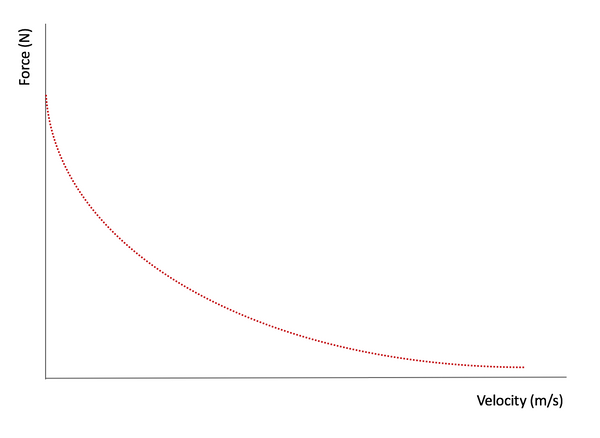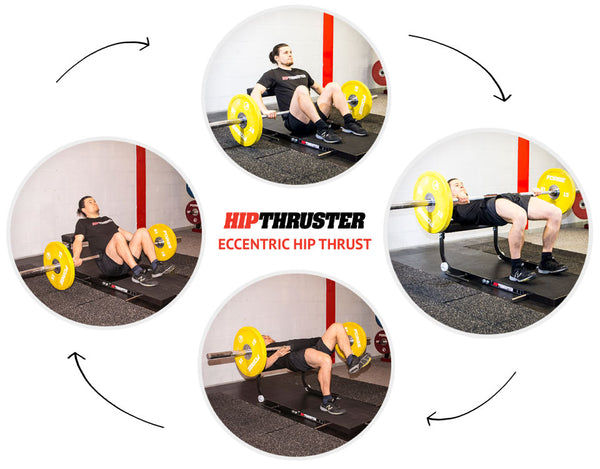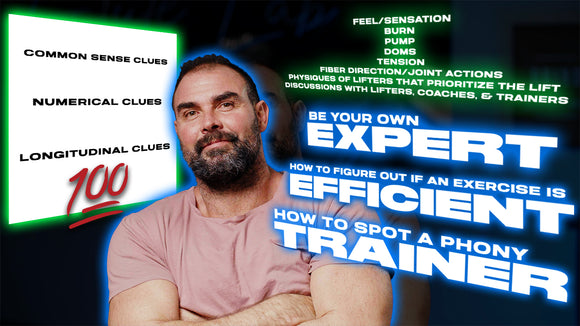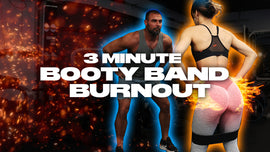So what’s the deal with eccentric hip thrust training? Is it such a big thing and should you be bringing it into your workouts?
Let’s start with the science. Eccentric training can help reduce muscle strains, despite no one really knowing why this is the case. With that in mind this article is going to tell you:
- What is eccentric training?
- Why this form of exercise is great for strength
- How to perform eccentric hip thrusts

What is Eccentric Training
Basically, eccentric training is when you slowly lower back down from a strength movement. The slow and controlled speed when lowering is supposed to cause greater strength gains and reduce the risk of muscle strains.
There are two phases to lifting any weight: the concentric and the eccentric phase.
The concentric phase is lifting the weight (shortening of the muscles) and the eccentric is as the weight is lowered (lengthening the muscles).
In eccentric training you are changing up the normal stretch-shortening cycle (SSC) of any muscular movement, which is the sequence of lengthening and shortening muscles under tension.
Shortening contractions are active and are mostly driven by chemical energy turning into kinetic energy. Lengthening contractions are both active and passive, requiring less energy than shortening contractions.
The contractions have a lot to do with the force velocity relationship. In producing high levels of force you are limiting a muscle to shorten slowly. By shortening a muscle quickly it limits how much force it is able to produce.

However, in eccentric training the relationship is flipped. So in order to produce a higher level of force the muscle needs to lengthen quickly, not slowly.
Why Eccentric Training is Good for Strength
But what does the science mean for your strength gains?
Firstly, you are much stronger when lowering a weight as opposed to lifting it. In fact, the difference is between 30-50% (Duchateau & Enoka, 2015).
This is why you want to make the eccentric phase of a lift as hard as possible, to manipulate the force velocity relationship.
The slower the eccentric ‘tempo’, the harder it is.
However, the slower you lower it, the lighter the weight needs to be, which seems a little counterproductive. We all know that the heavier the load, the stronger you’re going to get. So finding a way to incorporate heavier weights into your eccentric training is necessary to get strength gains (just don’t go crazy).
How to Perform Eccentric Hip Thrusts
So I’ve talked about the benefits of eccentric training, I guess it’s time to tell you how to do it.
The 2/1 variation is performed by lifting the bar like you would in a normal hip thrust, then lowering the weight with only one leg.
- Step 1: take your normal hip thrust stance and lift the weight to the top.
- Step 2: Take one leg off the floor by flexing the hip. You will instantly feel the glutes on the supporting leg contract pretty hard.
- Step 3: Control the weight with the supporting leg and focus on fighting the load from lowering.
- Step 4: Lower really, really slowly.
It will take a few reps to get comfortable with coordinating the change from two feet to one foot without losing your balance. But once you can, you'll be able to overload the eccentric portion like a boss.

Eccentric Training: The Long and Short of It (Excuse the Pun)
In short, eccentric training is a good thing and is definitely a worthwhile addition to your training program. In order to get the most out of your hip thrusts you should be bringing in some eccentric movements.
Eccentric training can help cause greater strength gains. What’s not to love about that?
Rebekah Donovan Writer Bio

Rebekah is a freelance storyteller, amateur creator, and mother, with an unrelenting passion for health and wellbeing. She is currently balancing her master’s degree, at Manchester Metropolitan University, with her unhealthy relationship with all things Hip Thrust.
A Scientific Guide to Determine an Exercise’s Effectiveness

Join the Squad
Booty By Bret is an online strength and conditioning program for women catering to all levels of fitness from beginners who are new to strength training to bikini competitors and powerlifters. These total body strength training workouts are highly efficient to maximize aesthetics, body composition, strength, and athletic goals. Take your training to the next level and improve your physique in as little as 3 hours per week!





